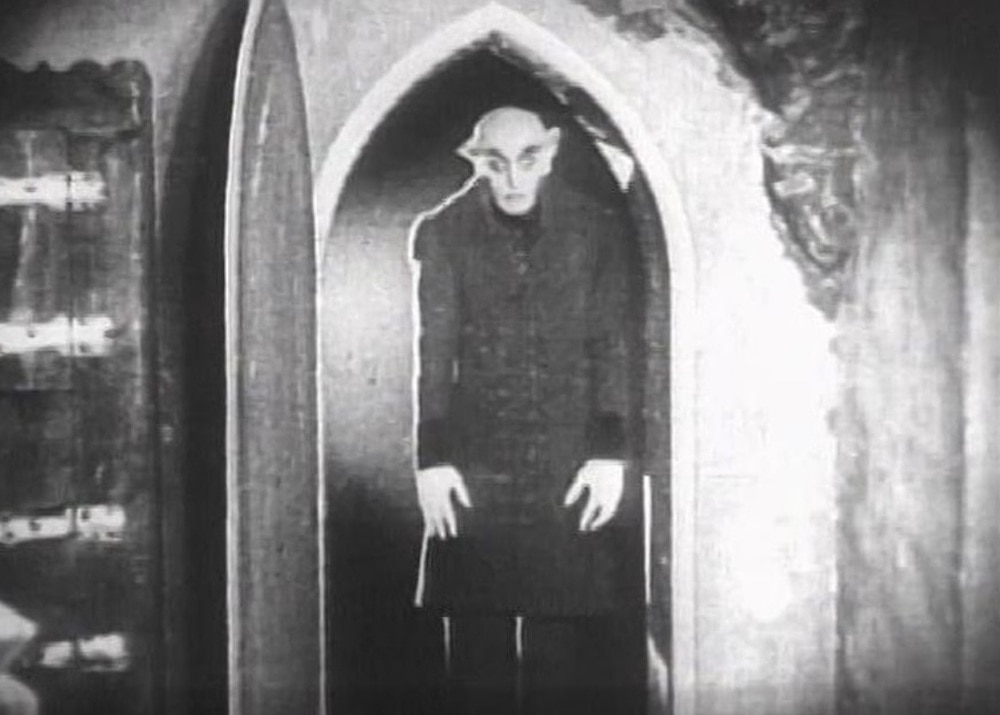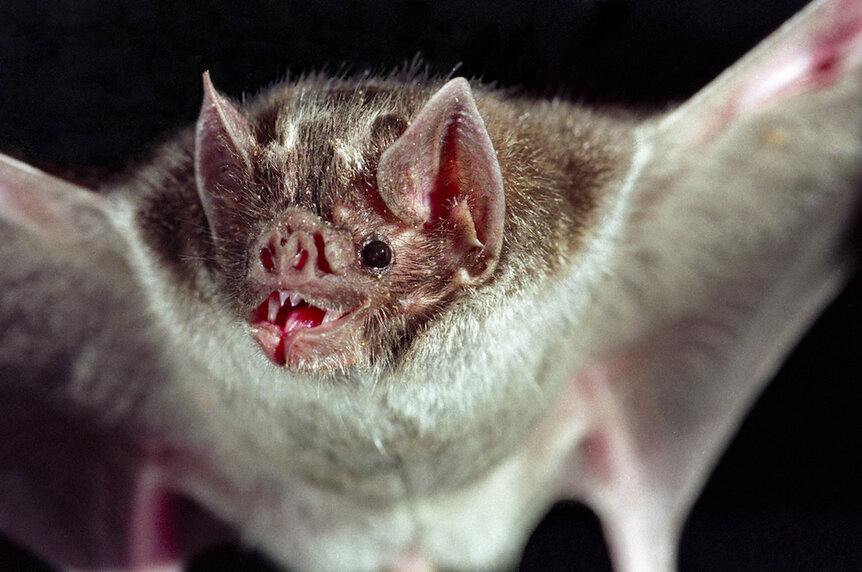Create a free profile to get unlimited access to exclusive videos, sweepstakes, and more!
Vampires are cranky because they're starving: The science behind 'Nosferatu'
Blood oranges would make a killing at the vampire farmers' market.

Myths about vampires have evolved throughout human history, changing across cultures, but stories of undead creatures feeding on the bodily fluids of humans have exited at least since the time of ancient Greece.
The modern understanding of vampires was popularized by Bram Stoker's novel Dracula, which has since been adapted and reimagined in countless movies, television shows, and books. One of the earliest screen adaptations of Stoker's source material is the 1922 German silent film Nosferatu. After its release, Stoker's widow filed a copyright claim and courts ruled that all copies of Nosferatu be destroyed. However, as is appropriate for creatures of the night, the film escaped total destruction and reemerged to haunt again.
Nosferatu, regarded as an early horror masterpiece, is 100 years old this week. So, what better time to dig into the biology of what is perhaps the most famous of all the classic monsters?
LIVING ON A LIQUID DIET
Before health enthusiasts were living on juice cleanses, smoothies, and meal replacement shakes, there was the vampire. Dracula, and the living dead who preceded him were the OG liquid diet fanatics. Once transformed into an undead creature, vampires survive entirely on the blood of their victims, flapping capes, and a flair for the dramatic.
There is, of course, a precedent for this sort of diet in the animal kingdom. A number of animals sustain themselves by feeding on the blood of others. Mosquitos, ticks, leeches, and lampreys are just a few of the animals who make a habit of stealing nutrients from other animals by sucking their blood. Though the most famous example, and the one which best exemplifies the sort of flying nighttime terror of Dracula is the vampire bat.
Vampire bats have the distinction of being the only mammals who survive entirely on blood and how they've managed to do that has been a source of inquiry in the scientific community for a long time.
Morphological adaptations like sharp teeth and enzymes in the saliva specialized for numbing prey are critical to the success of gaining a blood meal. More important, however, are the adaptations going on inside vampire bats. Research published in the journal Nature Ecology & Evolution suggests vampire bats adapted a specialized microbiome which includes hundreds of important bacterial colonies enabling them to survive on blood alone.
Blood isn't the most nutritious food source, it's particularly low in vitamins and high in protein, which is difficult for the kidneys to process. The bacteria in the vampire bat's microbiome helps bridge that gap by synthesizing vitamins the bats don't receive from their diet and breaking down proteins.
Vampires might be dead, but in order for them to sustain themselves on blood, their microbial colonies would need to be very much alive.
THE VAMPIRE'S DIETARY NEEDS
The question of whether or not vampires even have a metabolism is unclear. They are supposedly dead, and thus wouldn't have the same energy requirements as living things. However, they have characteristics of life and need to move their undead forms throughout the world and that energy must come from somewhere. Assuming their metabolism is at least similar to humans, a reasonable assumption considering their bodies are mostly the same as they were in life, the first challenge would be gaining enough calories from human blood.
Blood has about 700 calories per liter and there are about five liters in the average adult human body. That means there's more than enough calories in a single person—roughly 3,500 — to keep them going for the day, but that also requires drinking five liters, or 1.5 gallons, of blood in a single go. The human stomach can distend to about four liters when it needs to, but it wouldn't be comfortable, and the average vampire would perpetually walk around with a blood belly. Instead, vampires could easily survive on a couple of meals per day, of 1.5 to 2 liters of blood at a time. It would be more comfortable for them and an otherwise healthy person could survive the ordeal.
It's possible, however, that their metabolism would actually be much higher. Vampire bats weigh an average of 34 grams and require 20 grams of blood per day to survive. Their metabolism is so fast, in fact, that they'll die if they miss more than a couple of meals. Twenty grams represents about 60 percent of a vampire bat's total body weight. If a vampire had to drink an equivalent amount of blood to survive, they'd need roughly 95 pounds of blood every day. Blood makes up about ten percent of a person's total body weight so, for every one vampire, six people would need to die every night. A single vampire with a lifespan of 500 years would consume the blood of over a million people.
The more immediate challenge is getting the necessary vitamins to keep their corpses healthy. Vitamin D is an obvious concern, since vampires famously avoid sunlight. Of course, vitamin D is present in blood, and they may get enough from their blood meals. Otherwise, a supplement might be needed. There could be a market in vampire dietary supplements!
Vitamin C is a bigger problem. Draining a person of all their blood would only get you about 25 milligrams and the World Health Organization recommends 45 milligrams per day. Without supplements, vampires would pretty quickly come down with scurvy, the symptoms of which includes sunken eyes and a pale complexion. So, actually, that tracks.
It seems vampires must trade one problem for another. Either they need to consume so much blood as to take up all of their waking hours and leave them a disgusting bloated mess, or they'll lack the necessary vitamins to survive for very long. Without a sufficiently adapted microbiome, we wouldn't even need to hunt vampires, we'd just need to hide the oranges.



























